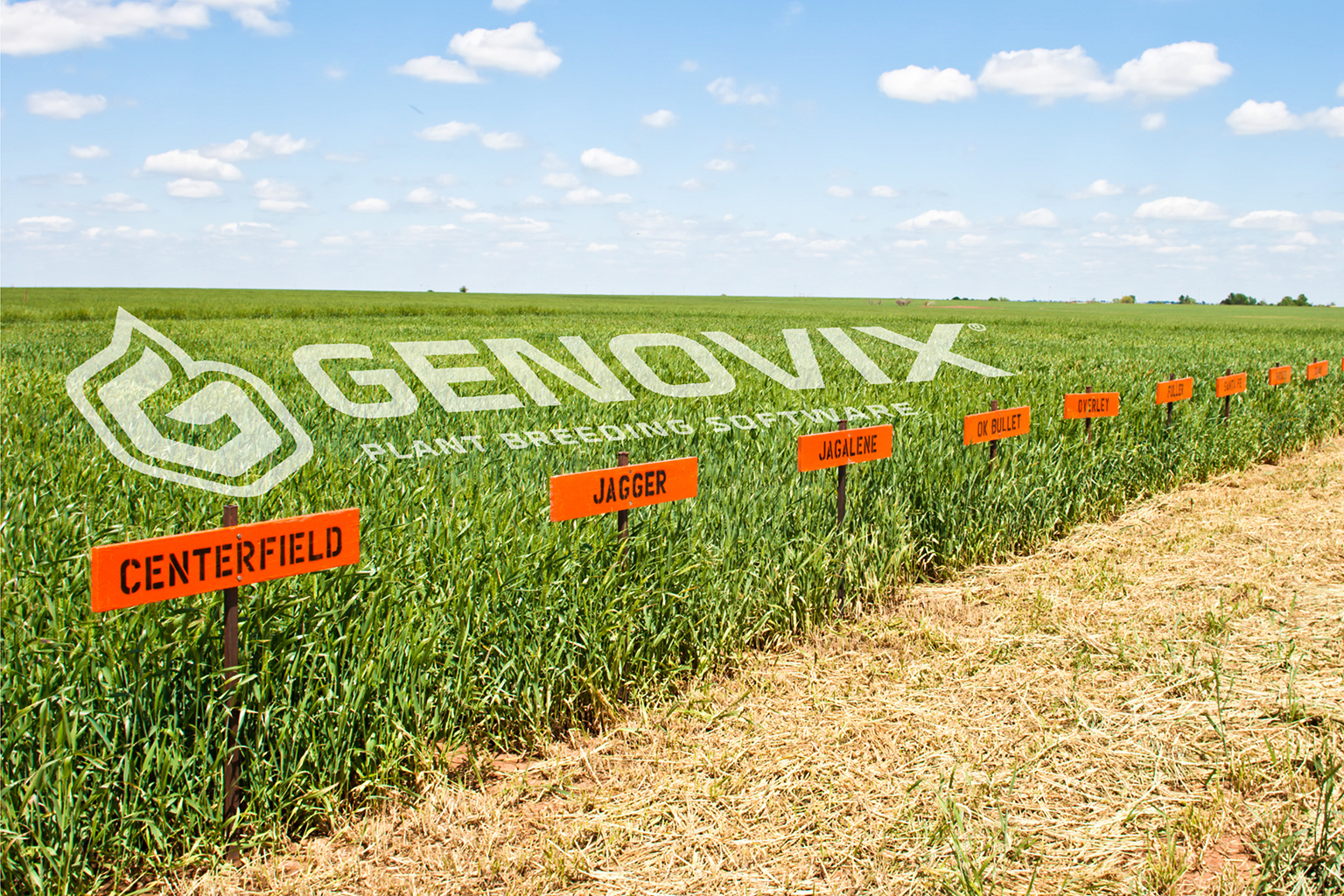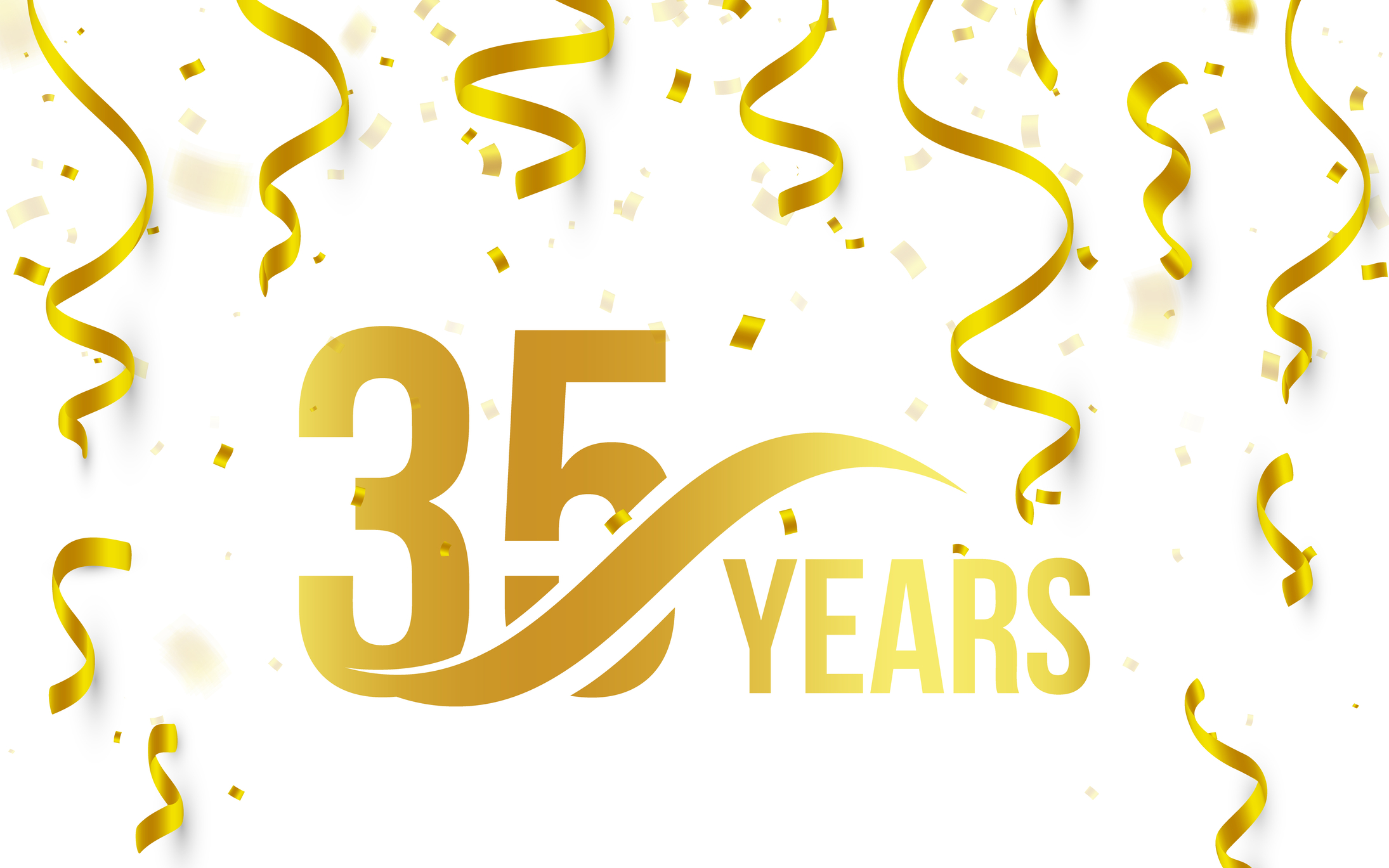

Today, as I walked through a golden wheat field with Noosa, our loyal Belgian Shepherd, I was reminded of a simple but powerful story about innovation and entrepreneurship.
A young salesman once approached an old man sitting on his porch, slowly rocking in a well-worn, squeaky chair. Eager to make a sale, he pitched a new, state-of-the-art rocking chair—quieter, smoother, smarter. The old man just smiled and said:
“Son, the one I got still rocks.” This tale encapsulates a key lesson in entrepreneurship and innovation.
The Seduction of the New
In business, we are constantly bombarded with the “next big thing.” New software, new strategies, new frameworks. Innovation is essential, but it’s easy to fall into the trap of chasing novelty for its own sake.
Entrepreneurs and leaders must ask: Is this solving a real problem? Or are we simply upgrading because we feel we should in the name of innovation?
The Wisdom of the Porch
That old man’s response wasn’t resistance to change—it was discernment. He knew what worked for him. His chair still did what it needed to do. In business, some systems, processes, or methods endure because they are reliable, tested, and deeply understood. Such discernment is crucial in both entrepreneurship and innovation.
Not every squeak means it’s time for a replacement. Sometimes, it’s just part of the character.
Innovation with Purpose
True innovation solves real pain points. It’s strategic, not reactive. At Agronomix, for example, the evolution from AGROBASE to Genovix wasn’t about chasing trends—it was about meeting new challenges in plant breeding research, data management, and analysis. It was, and still is, about meeting the man on the porch and understanding what would truly improve his experience. His chair still rocks, but perhaps what he really needs is a footstool, a cushion, or even a comfortable bed for his loyal, aging dog.
Innovation and entrepreneurship should be deliberate, customer-focused, and value-driven.
Entrepreneurship Isn’t Just Disruption
There’s a popular myth that entrepreneurship means tearing everything down and starting fresh. In reality, successful entrepreneurs often build on existing foundations, combining timeless principles with fresh approaches. Innovation and entrepreneurship can involve disruptive innovation, but unless you can take a significant step forward and truly turn the market on its head, there is little value in disruption for its own sake. Disruptive innovation is my preferred approach, but unless you can take a significant step forward and truly turn the market on its head, there is little value in disruption for its own sake.
Adaptation, not blind disruption, is key.
Lessons from the Field
Walking through that wheat field today, I saw the perfect symbol of this balance. Wheat has been cultivated for millennia, yet modern plant breeding continuously refines and improves it. The core remains the same—feeding the world—but the methods evolve thoughtfully. This is a testament to effective innovation and entrepreneurship in agriculture.
Noosa trotted beside me, content in the simplicity of the moment. A reminder that progress and tradition can coexist.
Conclusion
In leadership, entrepreneurship, and life, the challenge is knowing when to innovate—and when to trust what already works.
“The one I got still rocks.“
Let’s lead with curiosity and discernment, not just trend-chasing. This balance is crucial in innovation and entrepreneurship.
What’s your ‘rocking chair’ in business or life?
Share your thoughts in the comments.
What to read next

Recognized by the Industry: Why Agronomix Is the Trusted Leader in Plant Breeding Software
Published October 28, 2025

The Rise and Fall of the Work-from-Home Culture
Published October 14, 2025

Agronomix at 35: Innovation, Agriculture, and a Global Legacy in Plant Breeding Software
Published August 12, 2025

Genovix Software: Empowering Product Development in the Seed Industry
Published August 5, 2025
